This article is provided by Doorsmoderndecor for inspiration in your home…
The charm of European homes is something that captivates interior design enthusiasts worldwide. From the rustic villas of Tuscany to the sleek, modern apartments in Paris, there’s a distinctly European aesthetic that many long to bring into their own living spaces. So how does one infuse European charm into their home without forgoing practicality and individual taste? We explore how to make your home feel more European in this brief style guide.
Colors and materials
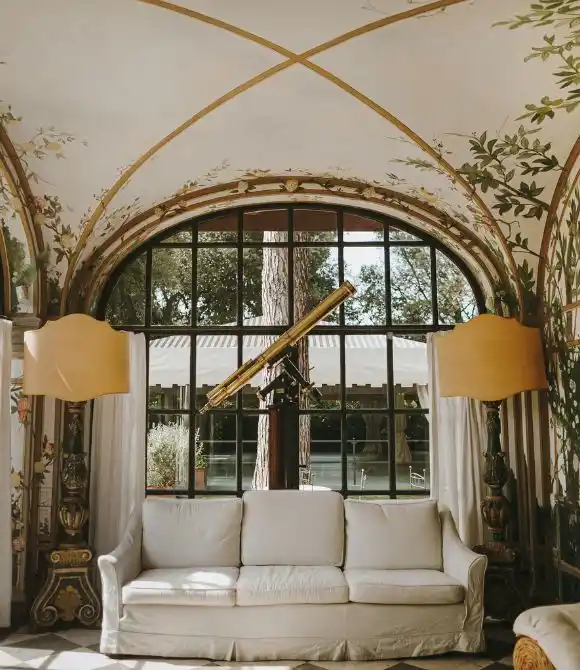
European homes often feature soft, neutral tones that create a sense of serenity and timelessness. White and pale hues reflect the natural light and space and make rooms appear larger. For a truly European atmosphere, steer clear of bold or high-contrast colors that are jarring to the eyes.
Europeans also have a long-standing tradition of using authentic, tactile materials. Wood in varying tones and species conveys warmth and character. Stone, especially for flooring or accent walls, adds a touch of luxury and history. Integrating these natural elements creates an experience deeply rooted in European sensibilities.
Furniture and layout
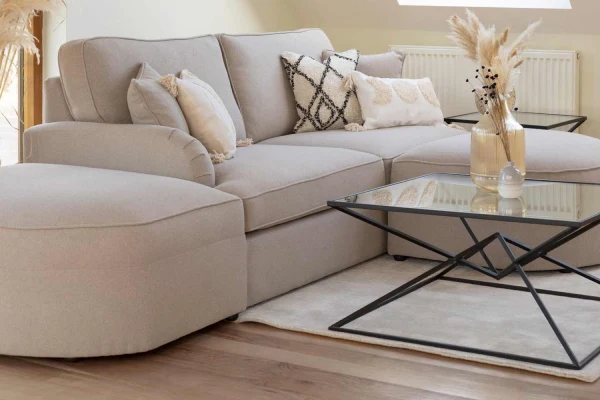
European furniture evokes elegance and functionality. Consider incorporating simple, well-crafted pieces into your home and avoid cluttering your space. You should select items that serve multiple purposes, such as an ottoman with hidden storage or a daybed that doubles as a sofa.
European home layouts also foster a sense of community and comfort. Open floor plans seamlessly blend living, dining, and kitchen areas and allow for a natural flow that’s perfect for entertaining. This interconnectedness not only feels more European but also makes smaller spaces feel more spacious and inviting.
Purposeful lighting
The lighting in European homes is purposeful and atmospheric. Embracing natural light is key, with large windows generally taking center stage. Supplemental illumination comes from thoughtfully placed lamps and provides a warm and inviting glow during the darker hours.
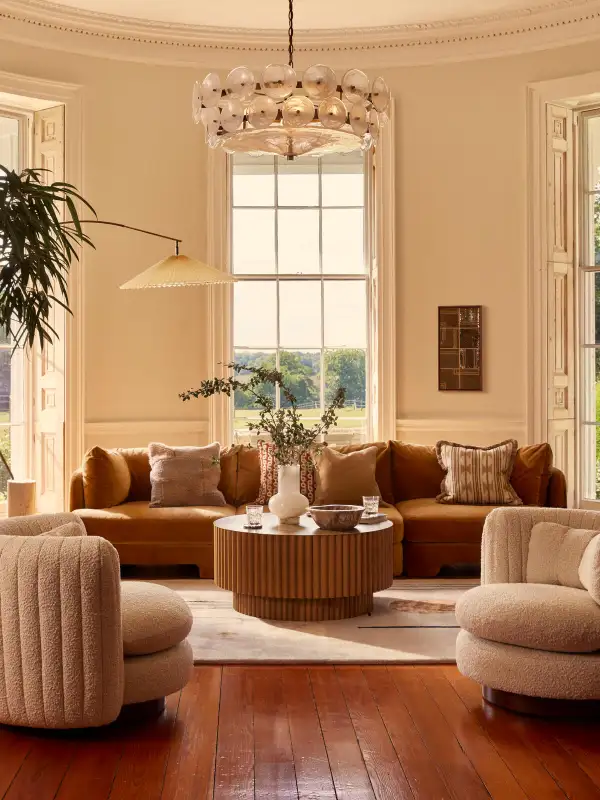
European homes also make a statement with their light fixtures. Chandeliers in grand entryways or dining rooms add a touch of grandeur, while more understated fixtures in other spaces maintain a sense of sophistication.
Textiles and patterns
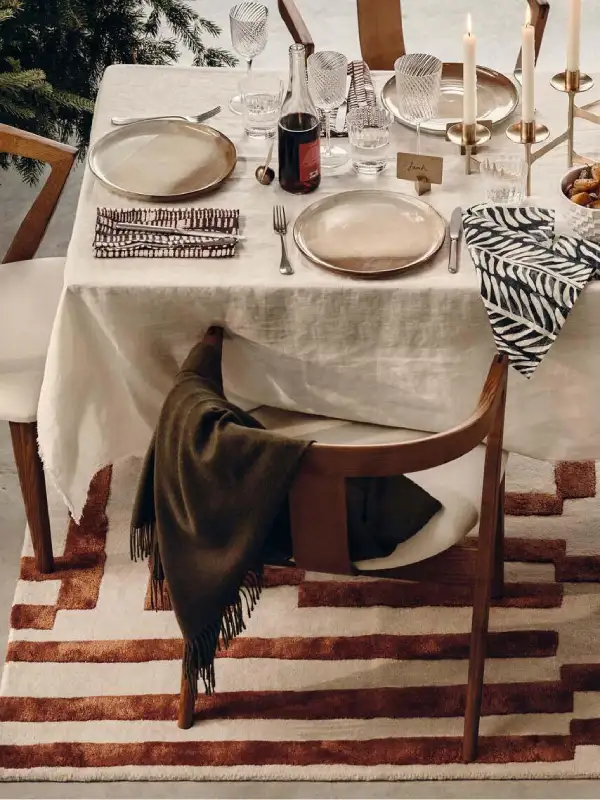
An alluring aspect of European home design is the art of layering textiles and introducing patterns that add visual interest. Textured fabrics such as linen, wool, and velvet bring depth and tactility to your decor while staying true to a neutral color scheme.
Stripes, florals, and toile can provide a timeless charm. These patterns and textures are quintessentially European and easy to weave into your drapery, upholstery, or accent pieces like pillows.
Decorative accents
European homes often feature a mix of old and new, with a penchant for displaying vintage pieces that tell a story. Think antique furniture, old-world tapestries, and family heirlooms that add a sense of place and history. And don’t forget to introduce greenery. Plants and flowers are a staple of European interiors and breathe life into any space.
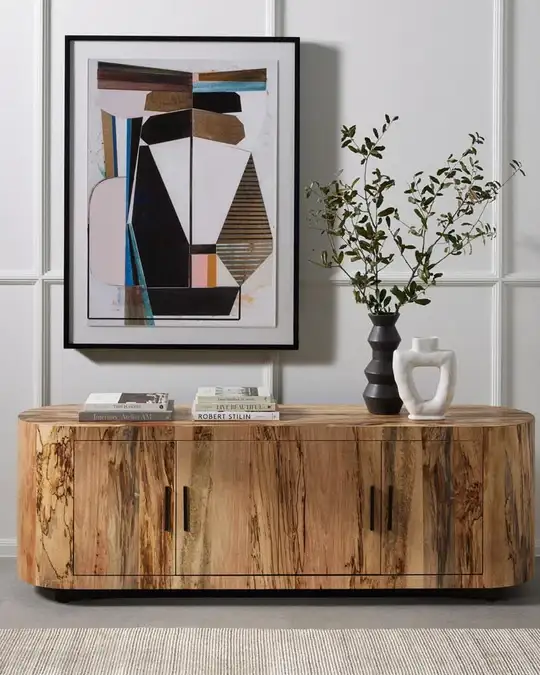
Incorporating European design into your home is a journey of thoughtful curation and personal expression. It’s about embracing the core values of European design—simplicity, functionality, and a celebration of natural world beauty. By focusing on these key elements of color, materials, furniture, lighting, textiles, and accents, you can make your home feel more European.
